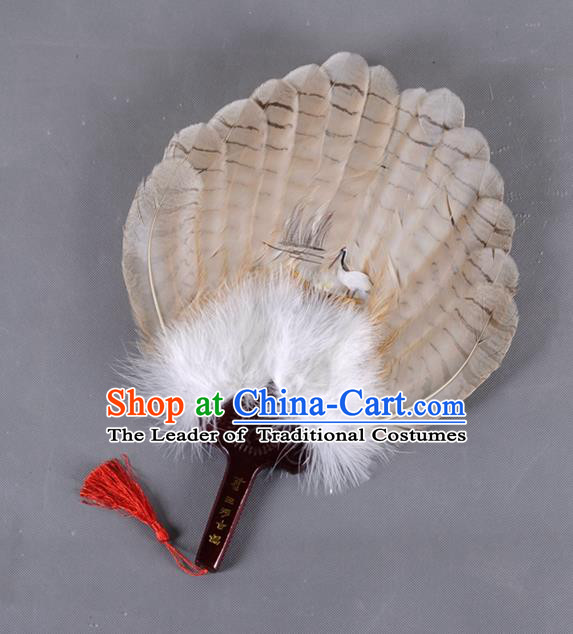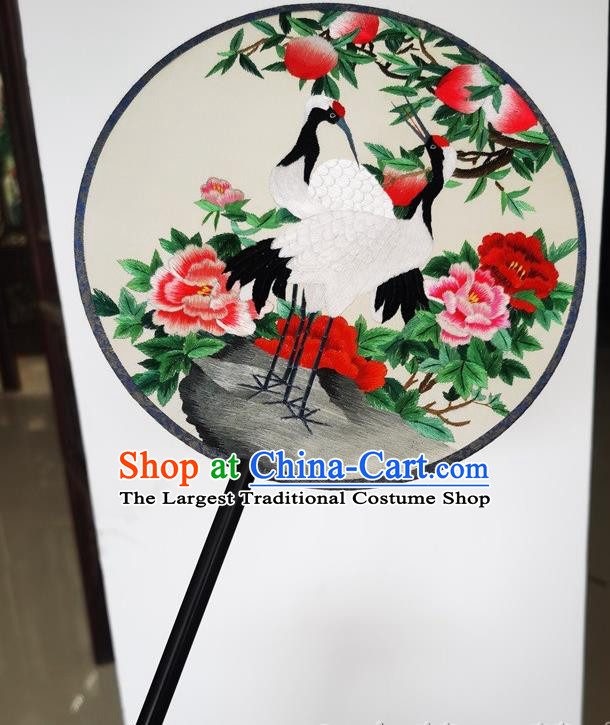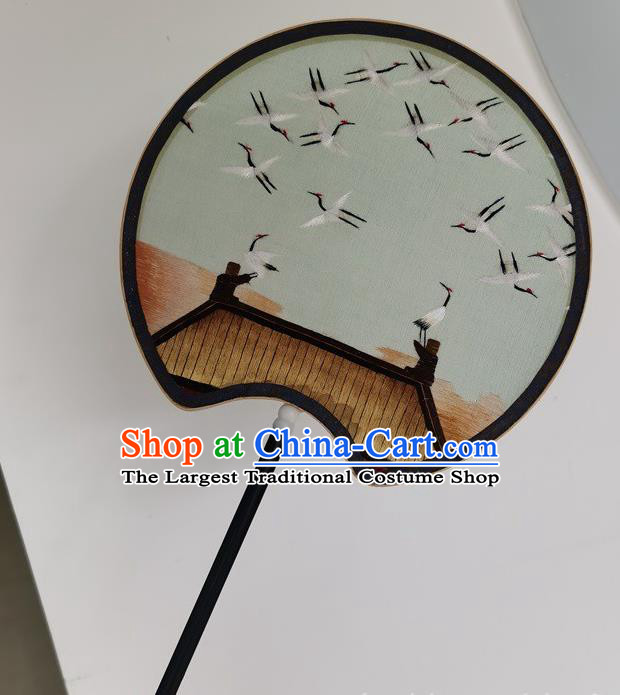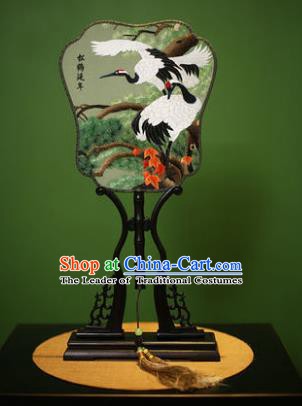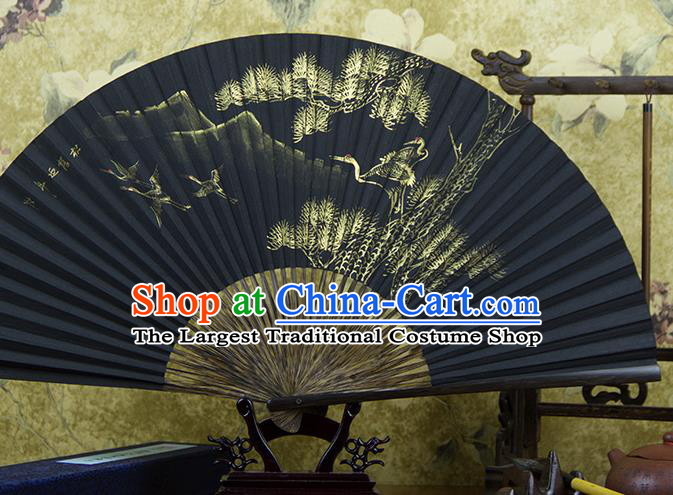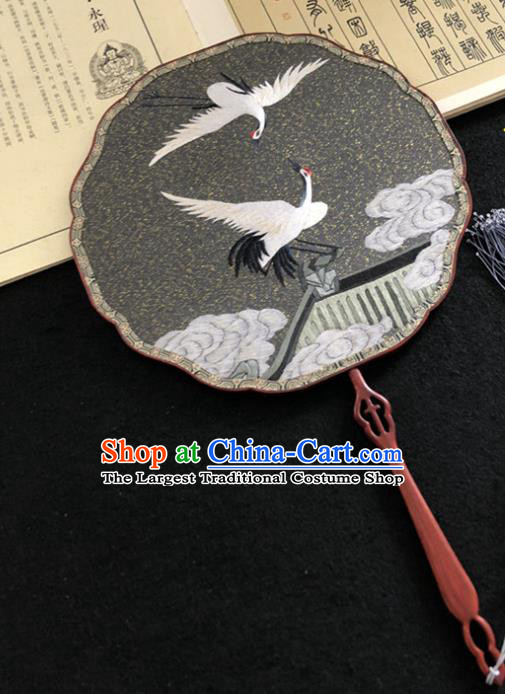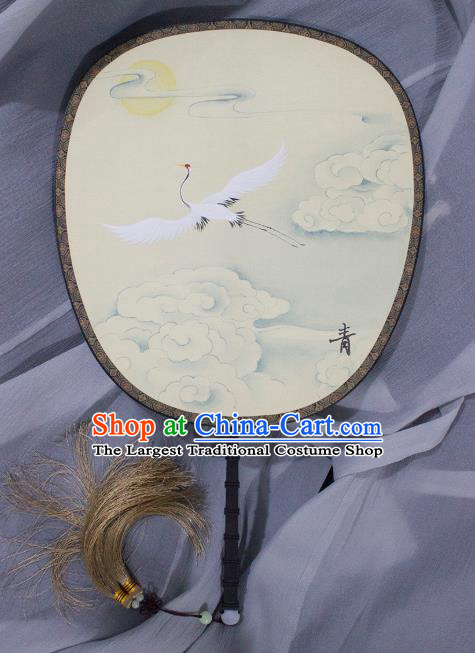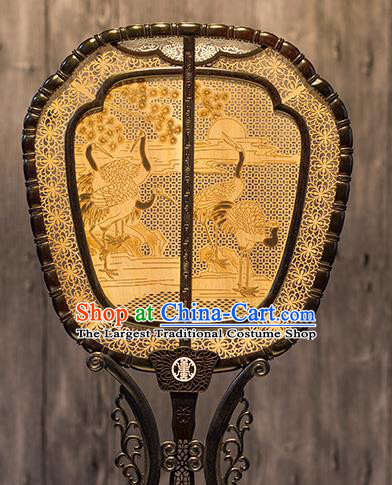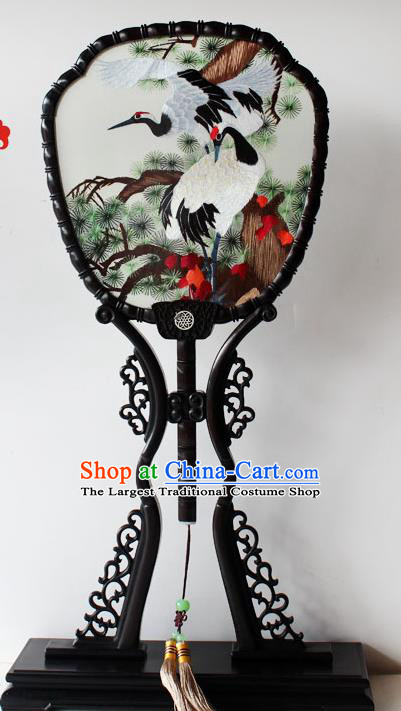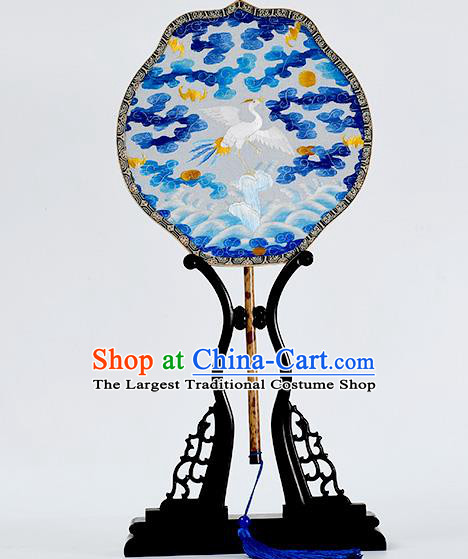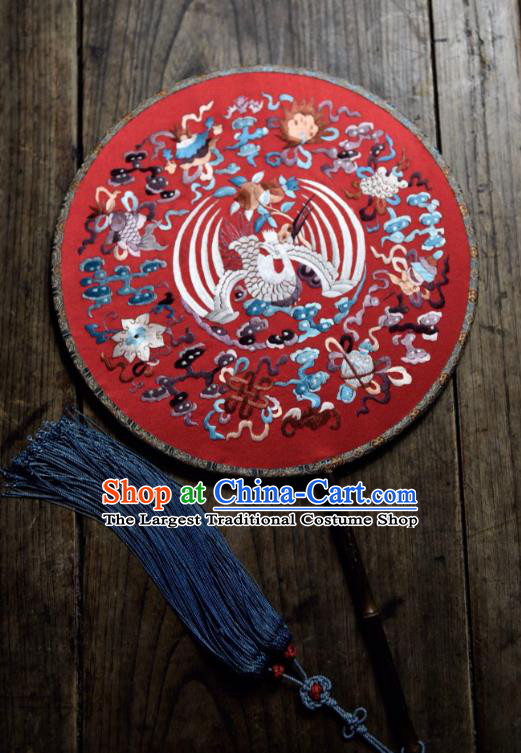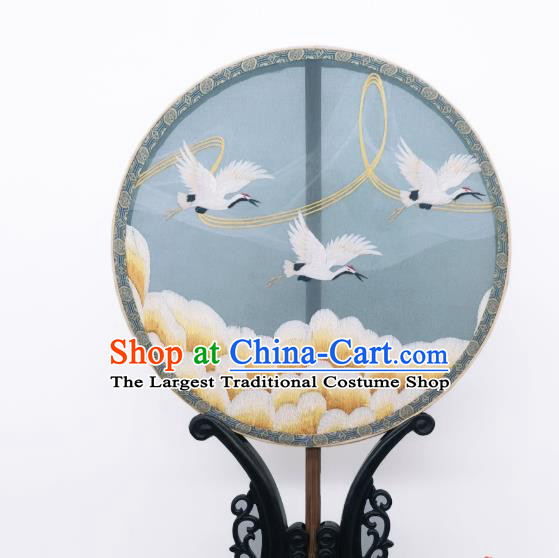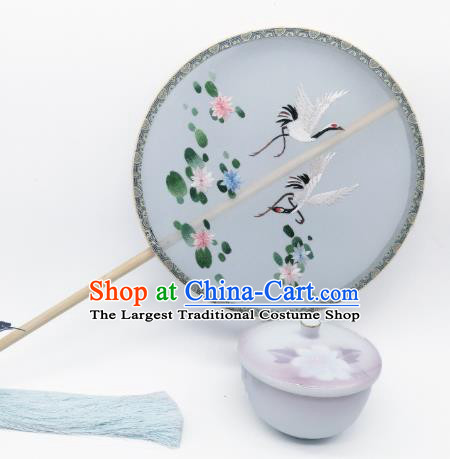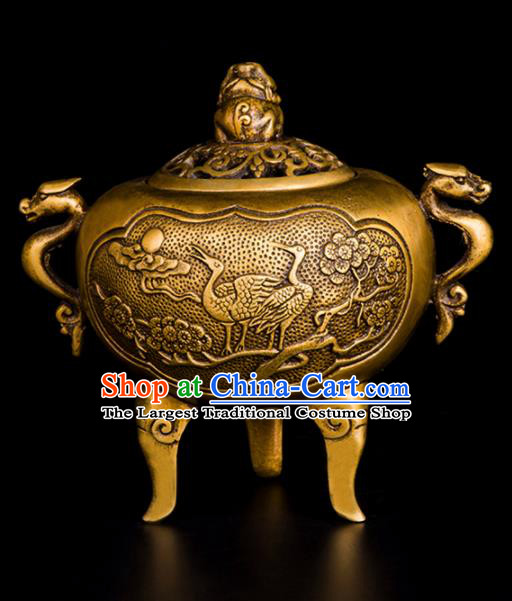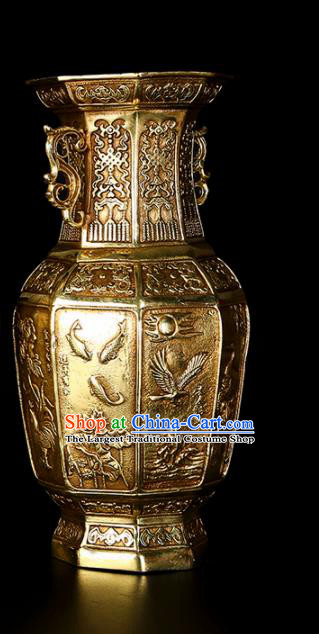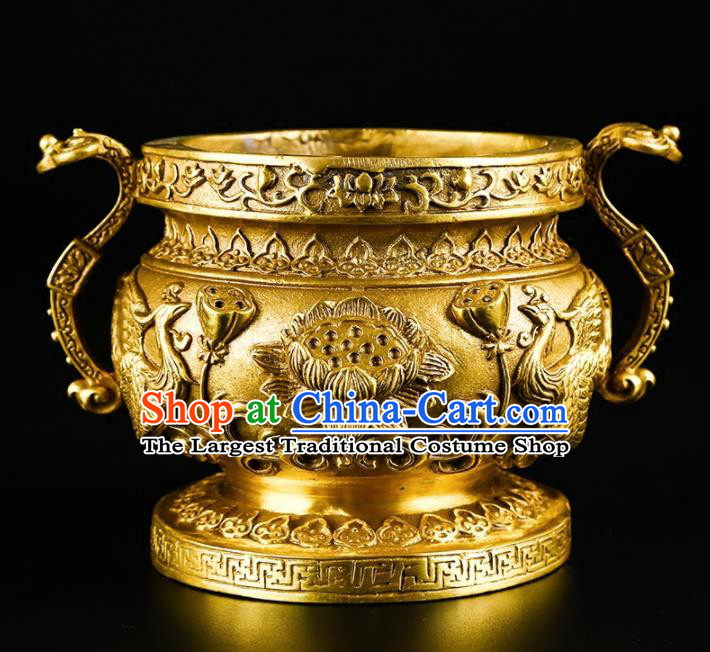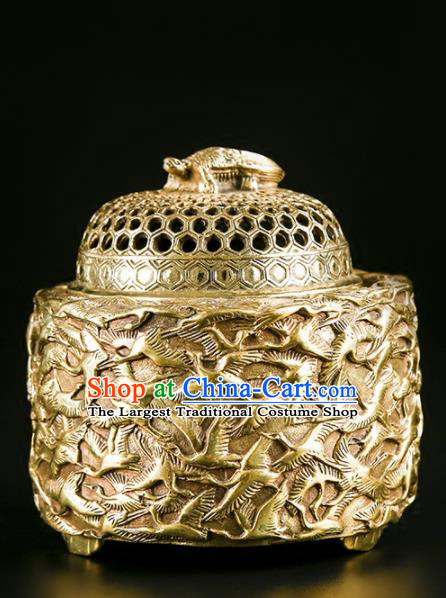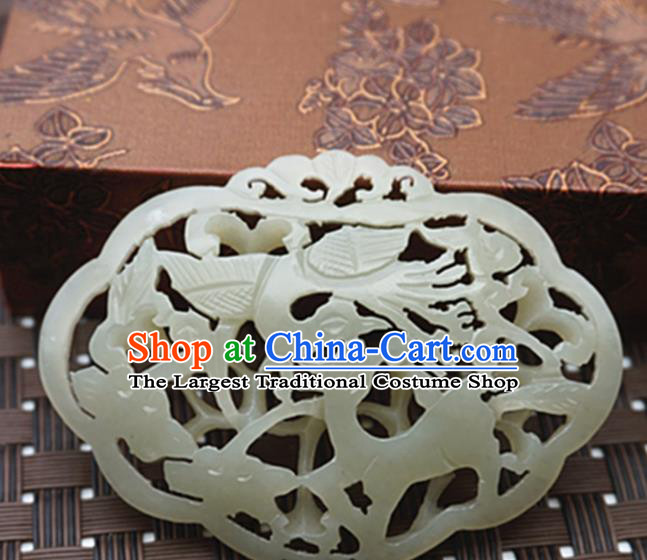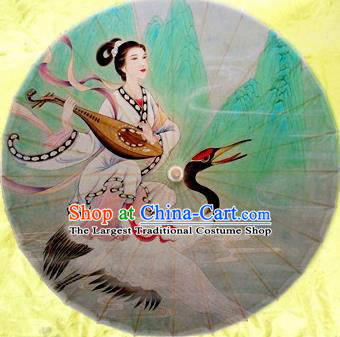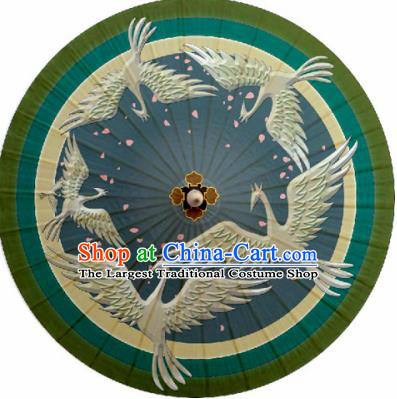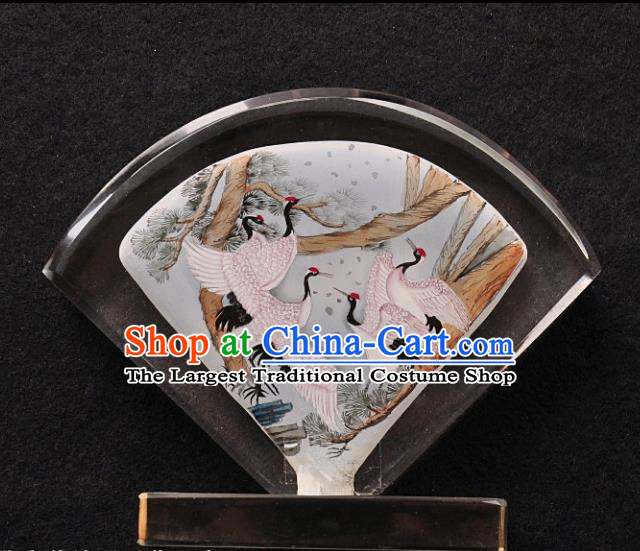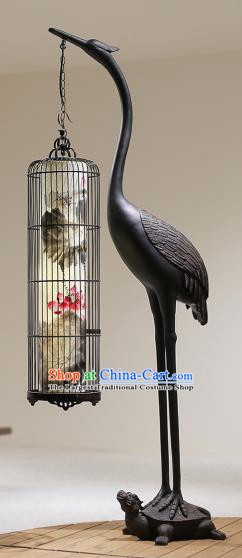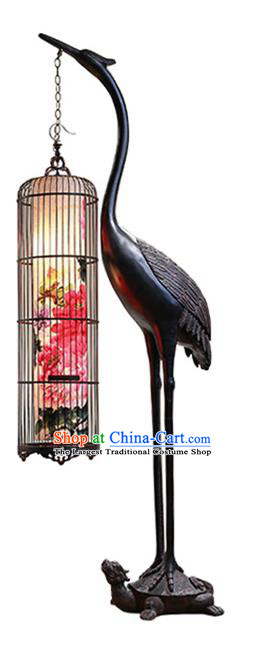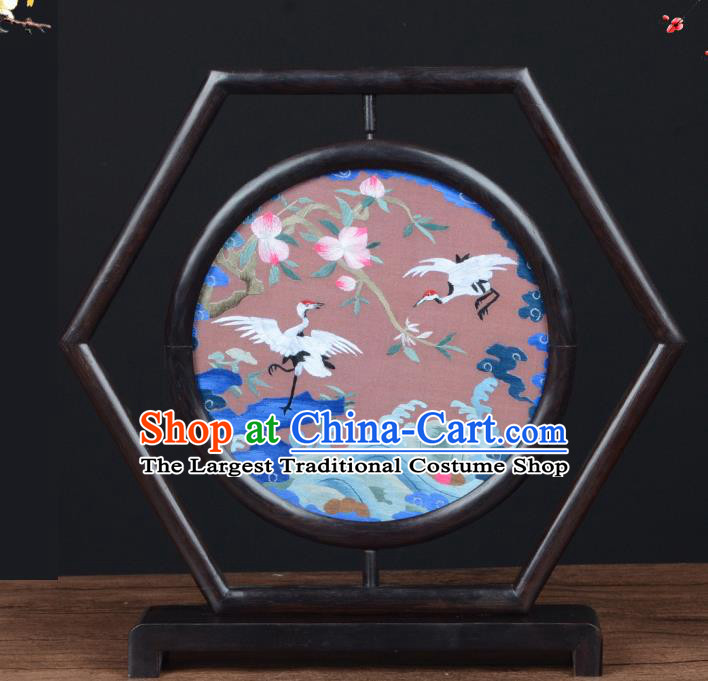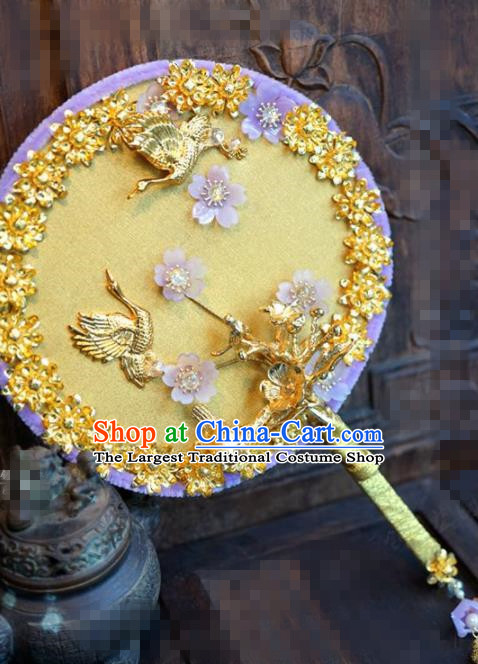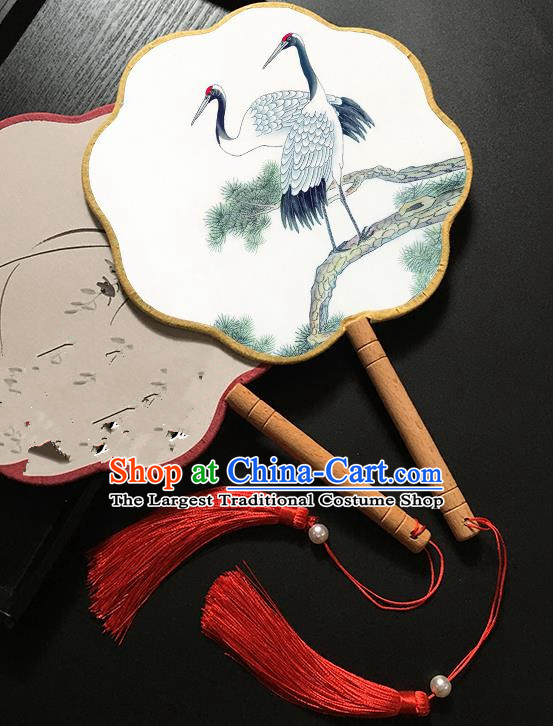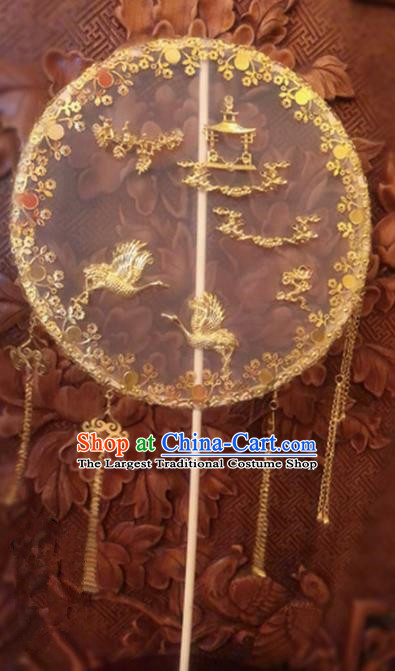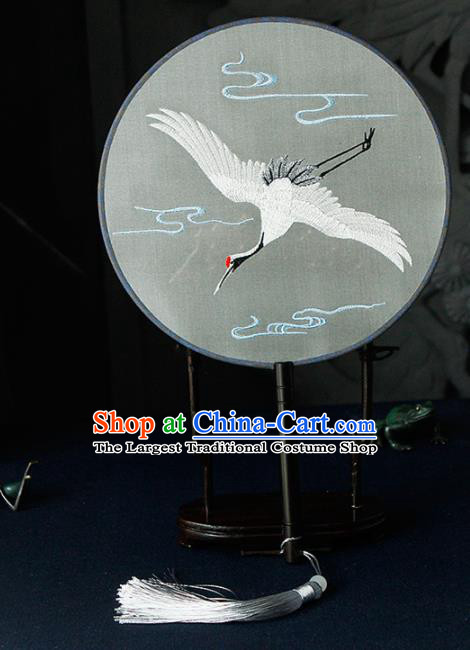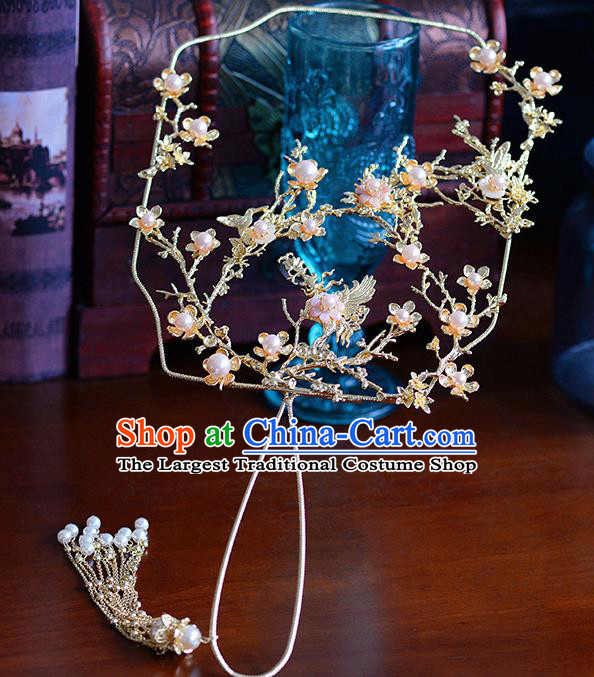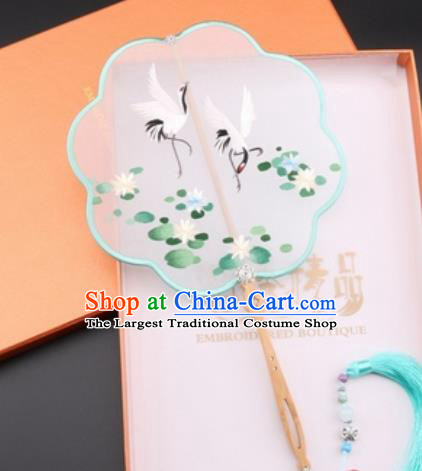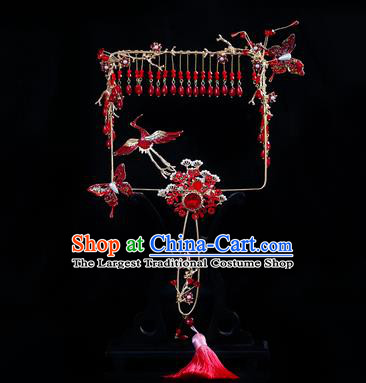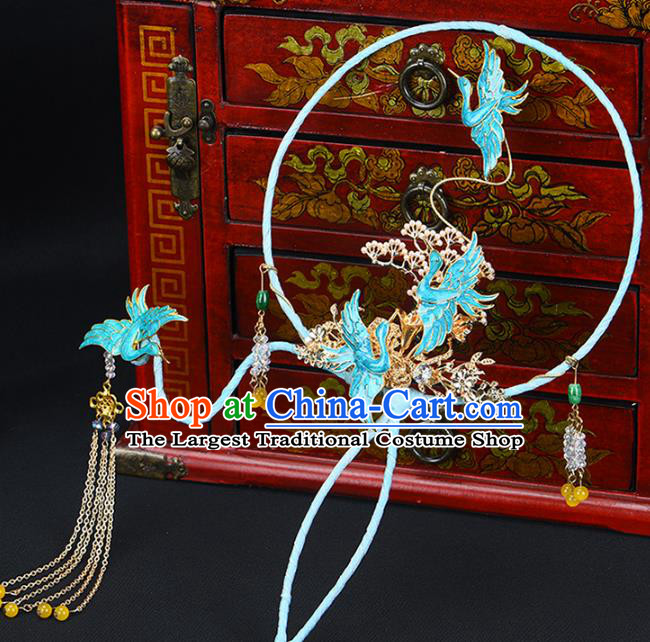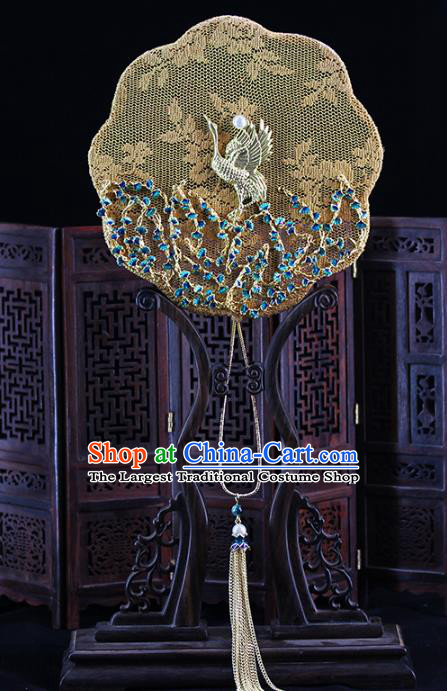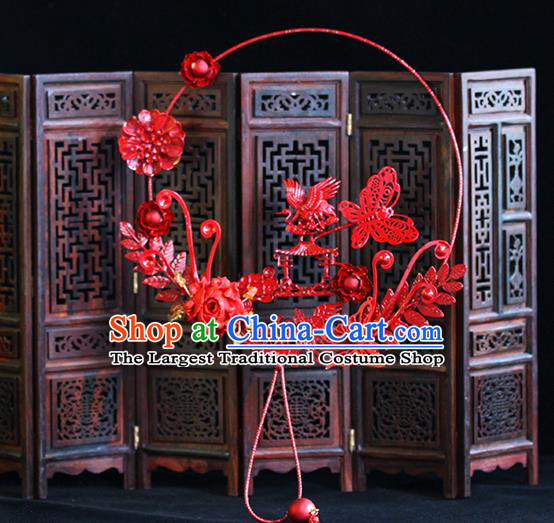
Click Related Pictures for More Audios:
Traditional Chinese decorative fans, also known as "crane fans," are artworks with a long history and rich cultural significance.
They originated in ancient China and have evolved over thousands of years into a unique art form.
Crane fans are renowned for their exquisite craftsmanship, distinctive design, and rich symbolism.
The design of crane fans usually features the theme of cranes, which symbolize longevity, good fortune, and nobility in Chinese culture.
The patterns on the fan are often depictions of cranes or other natural elements such as landscapes, flowers, and birds.
These patterns are rendered through delicate brushwork and superb skill, making crane fans highly valuable works of art.
In the production process, bamboo is used as the skeleton, while paper or silk serves as the fabric.
The fan surface can be monochrome or multicolored, with various patterns painted on it.
The edges of the fan are usually made of metal or bamboo to enhance its durability and aesthetic appeal.
Additionally, precious materials such as gemstones and pearls can be inlaid on the fan to make it even more magnificent.
Crane fans are not only practical household items but also works of art and cultural heritage.
In Chinese history, many literati and artists have collected and appreciated crane fans.
They regarded crane fans as an elegant gift to give to friends and family or as their own collection.
In East Asian countries such as Japan and Korea, crane fans are also widely loved and respected.
In conclusion, traditional Chinese decorative fans are an art form with historical significance and cultural connotations.
They represent the pursuit of beauty by ancient Chinese people and their reverence for nature.
Today, crane fans have become popular artworks and collectibles worldwide, showcasing the profoundness of Chinese culture.
